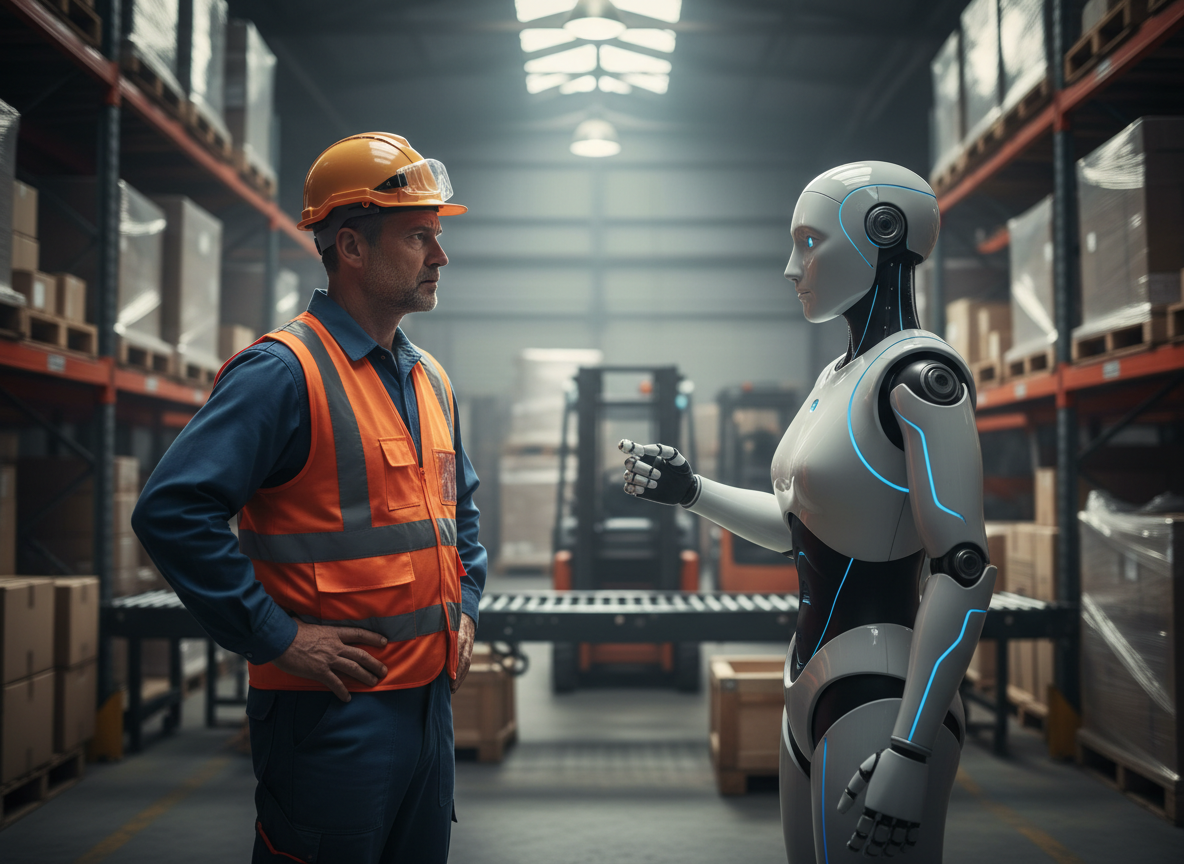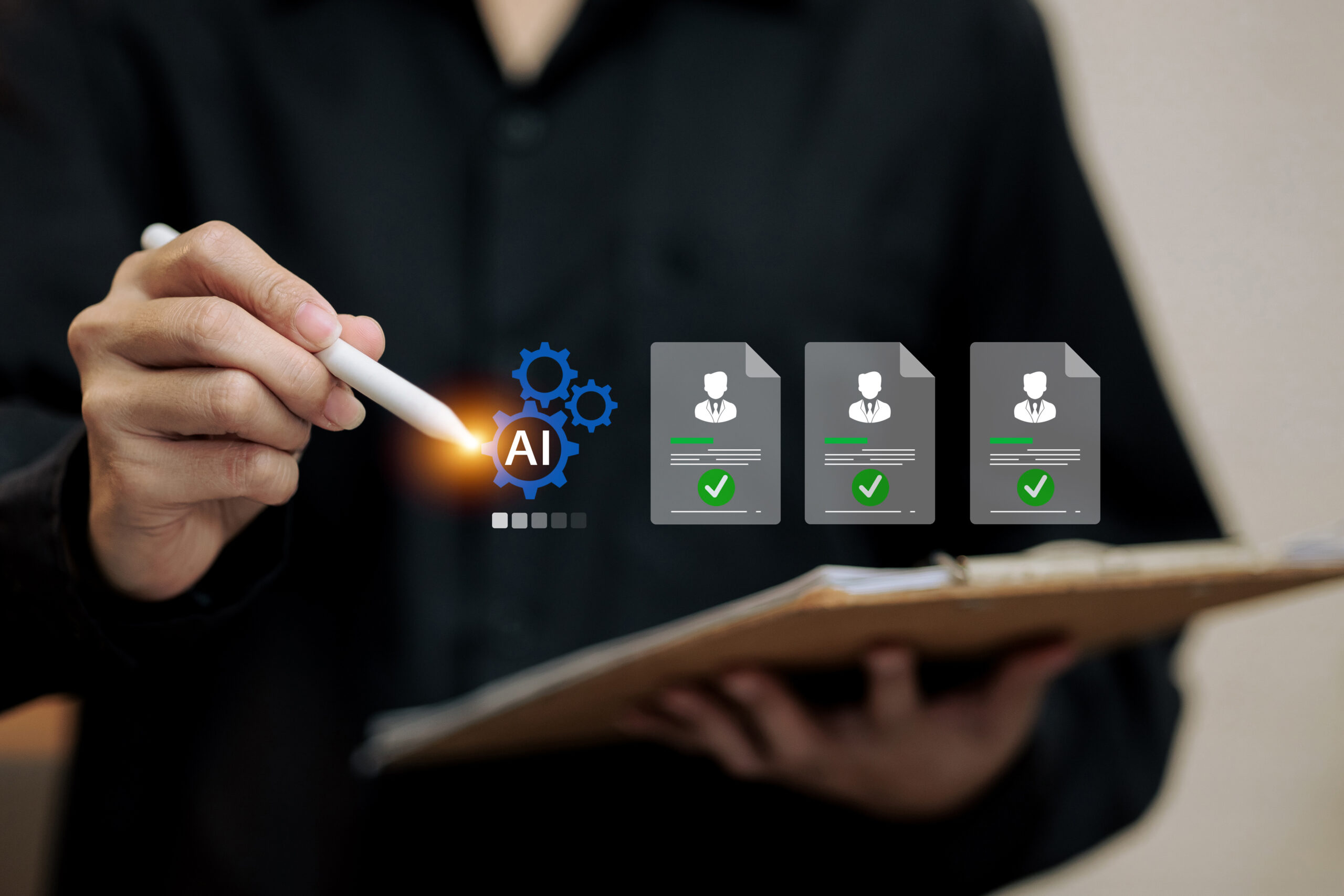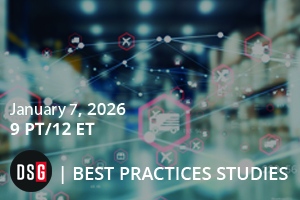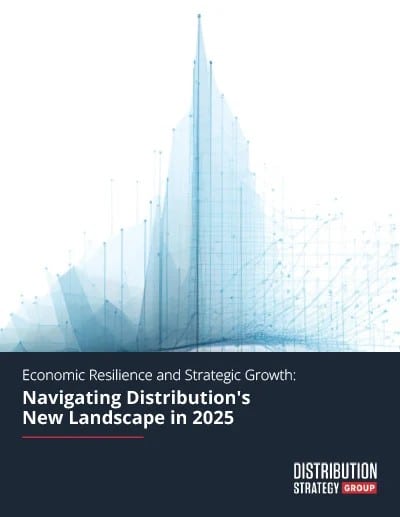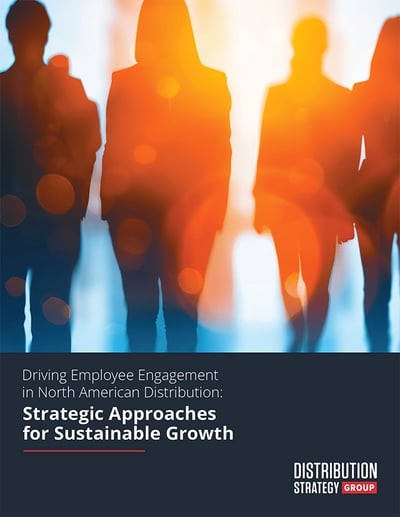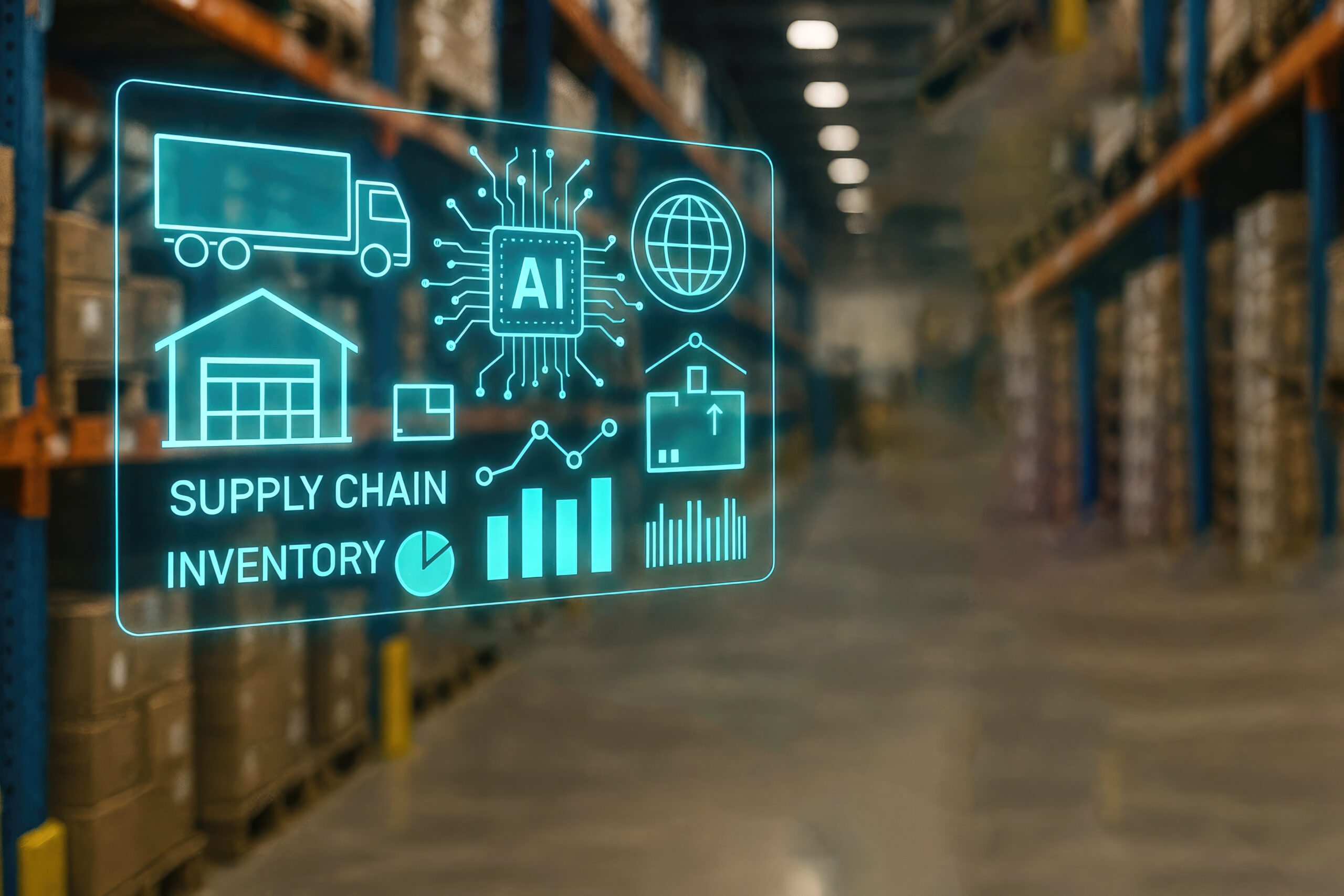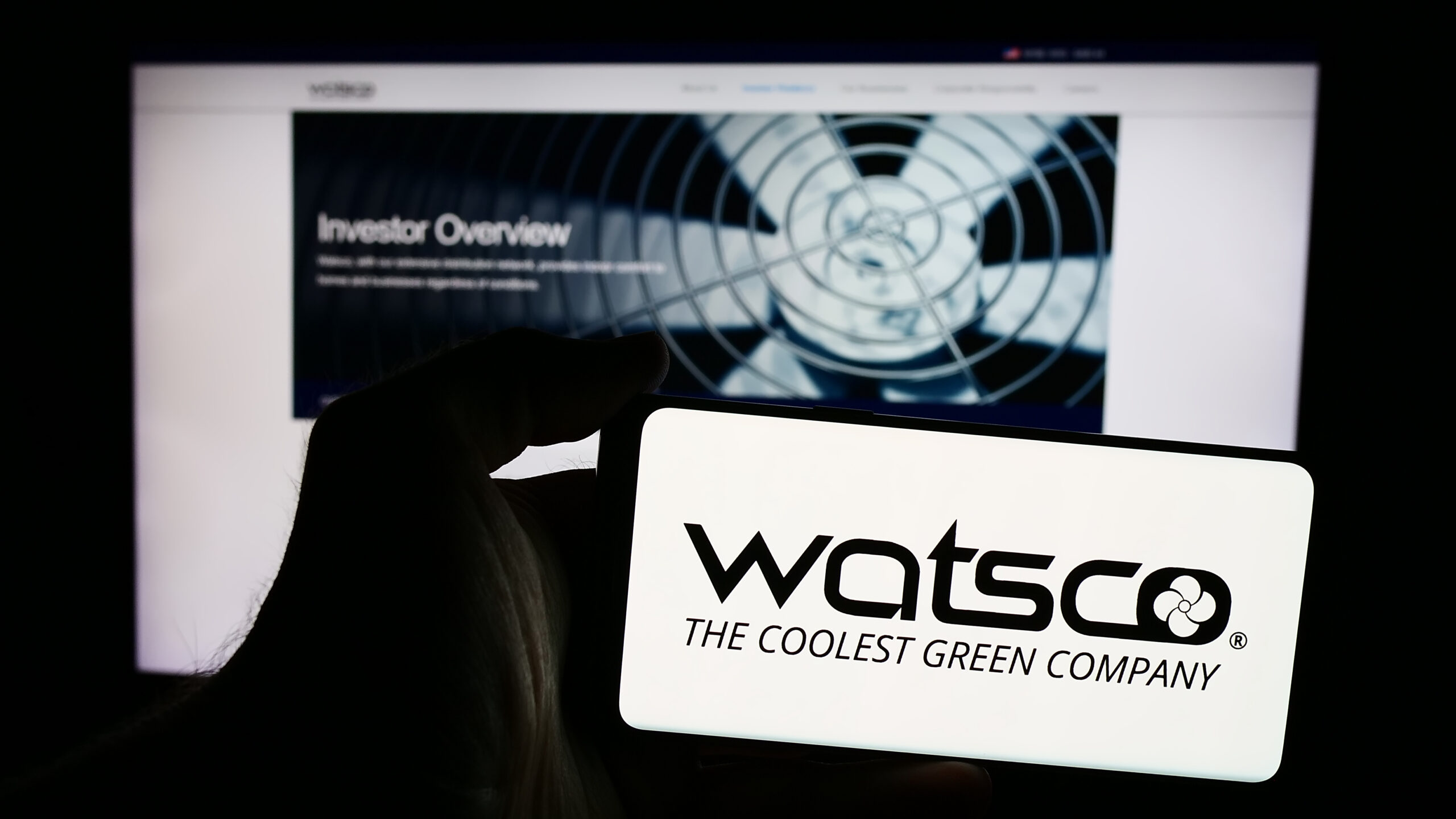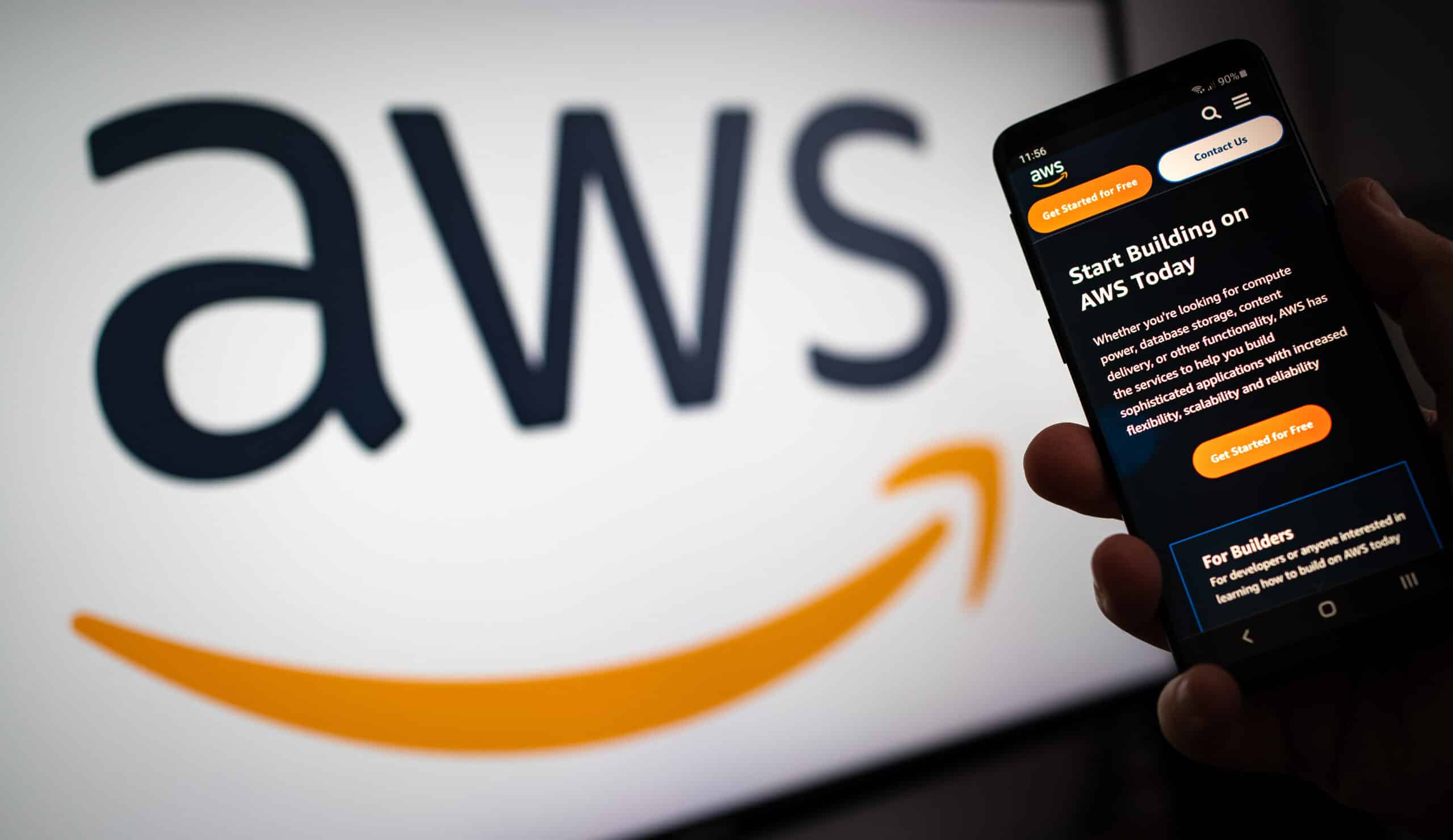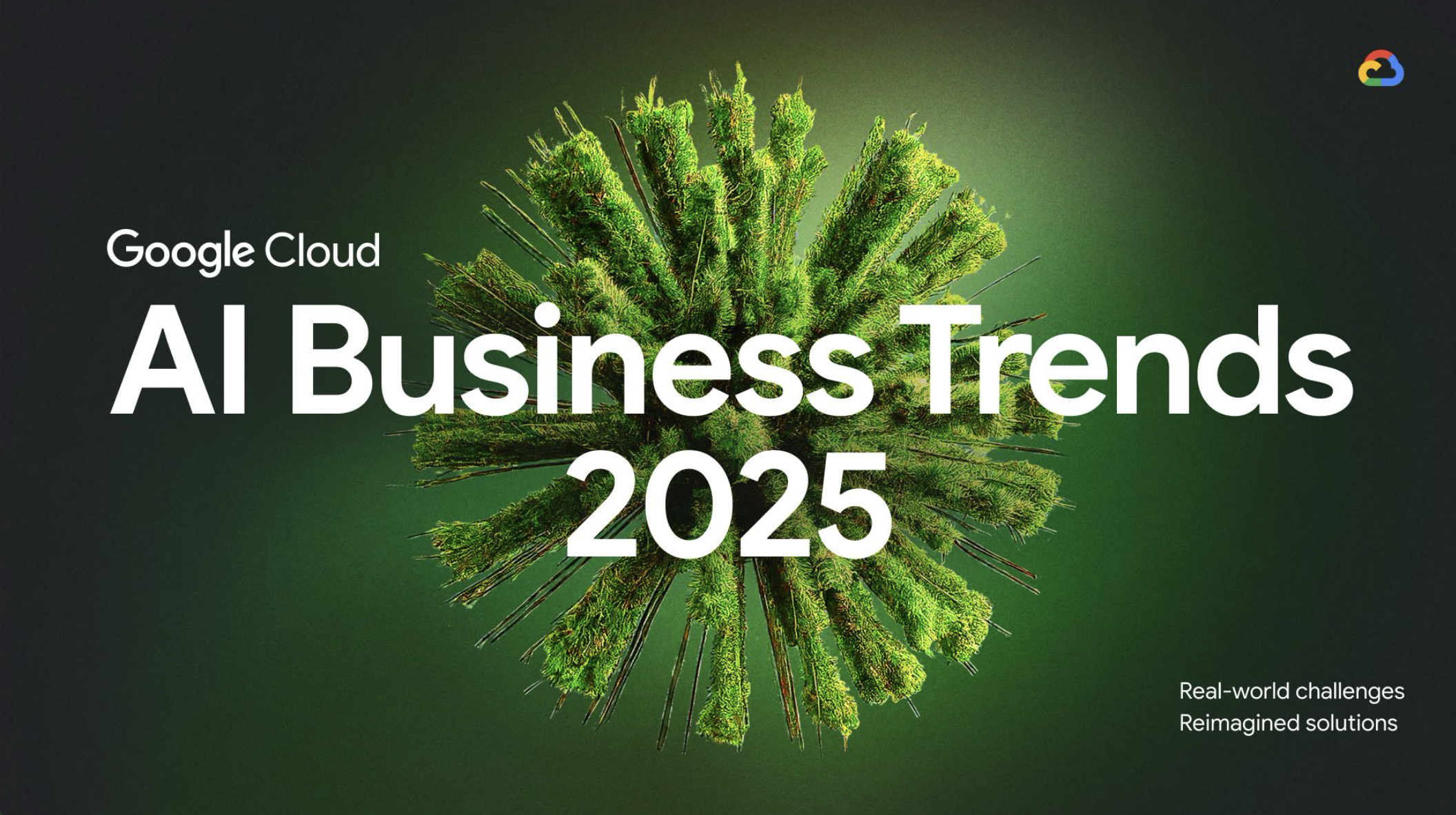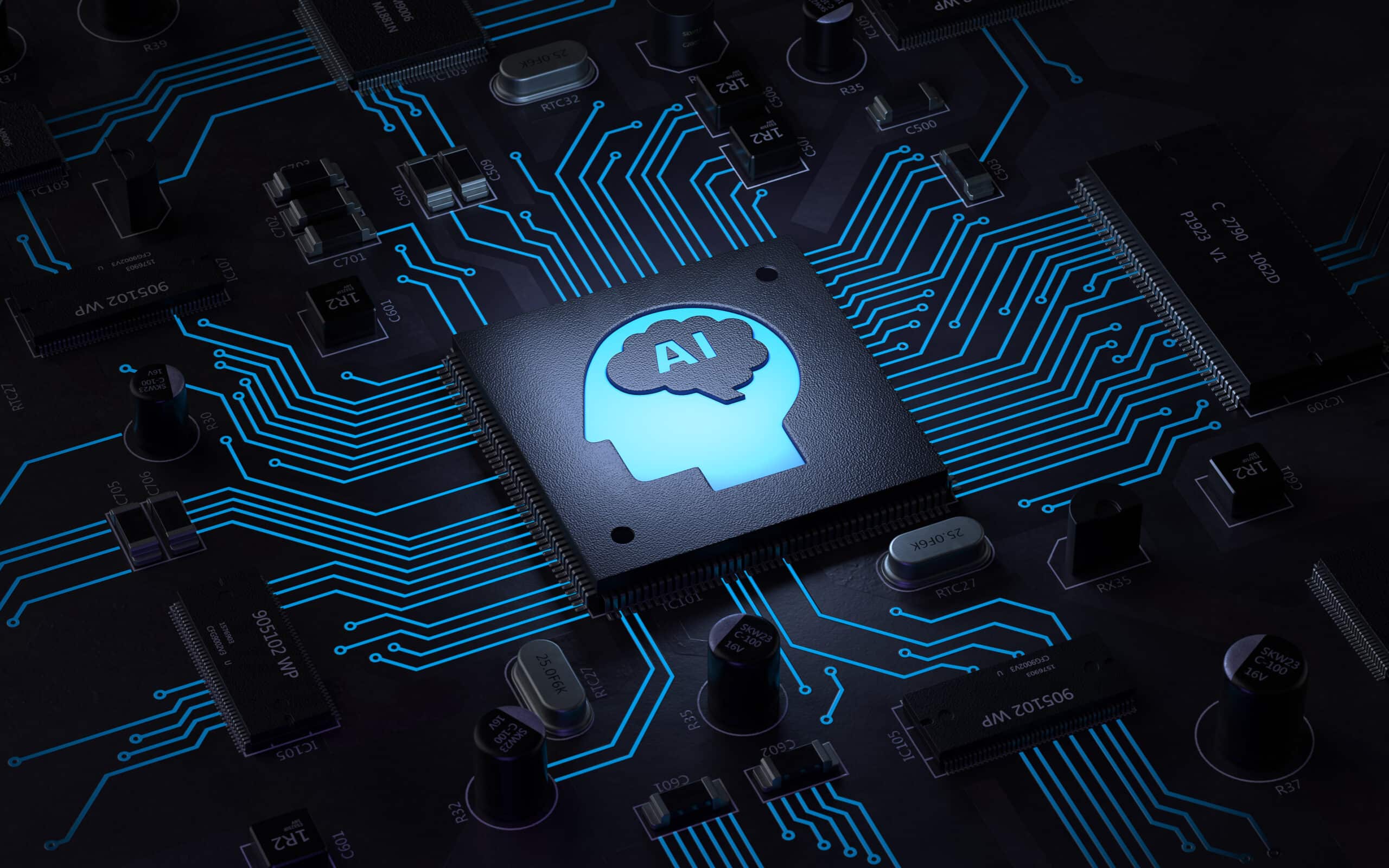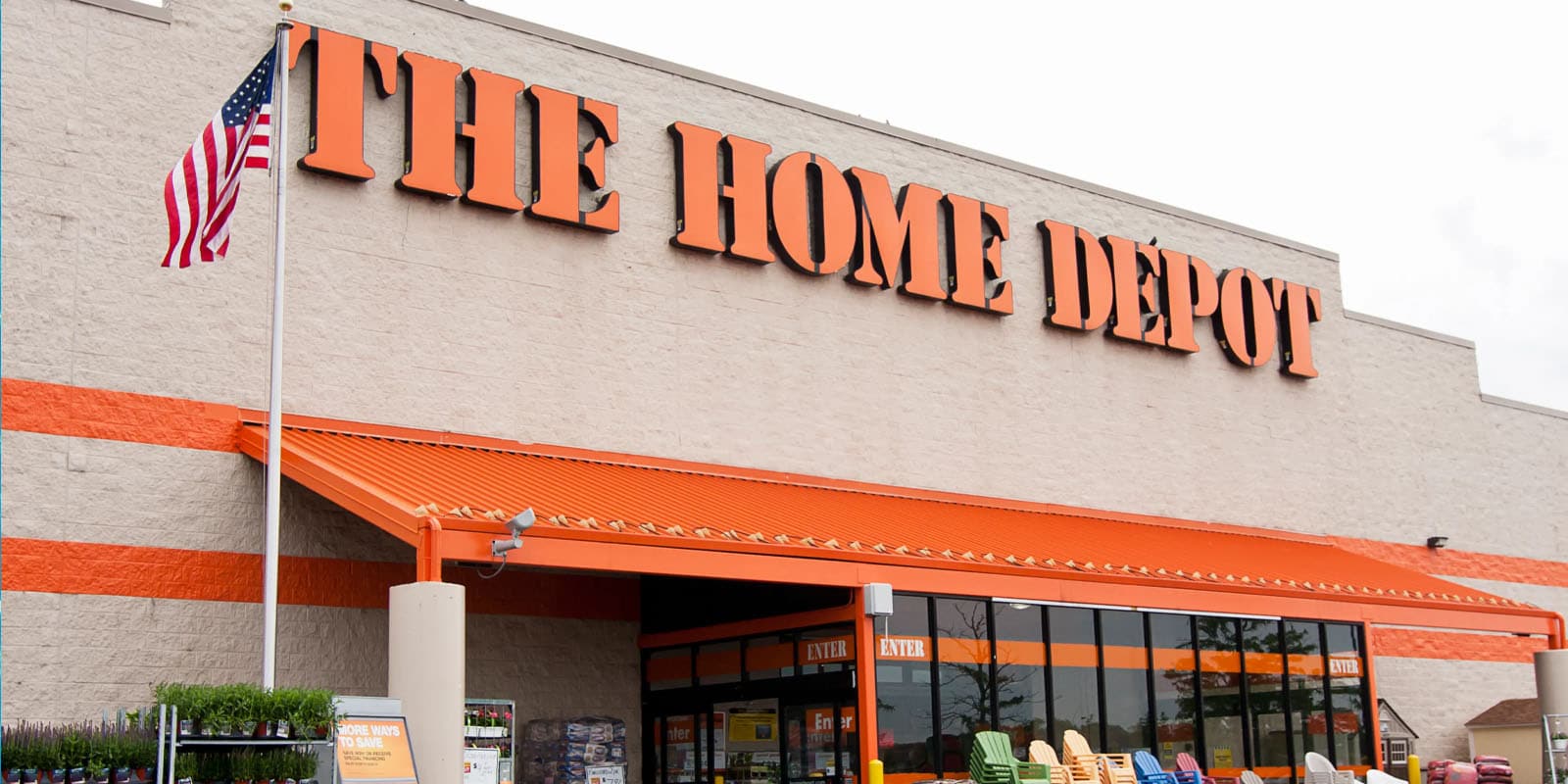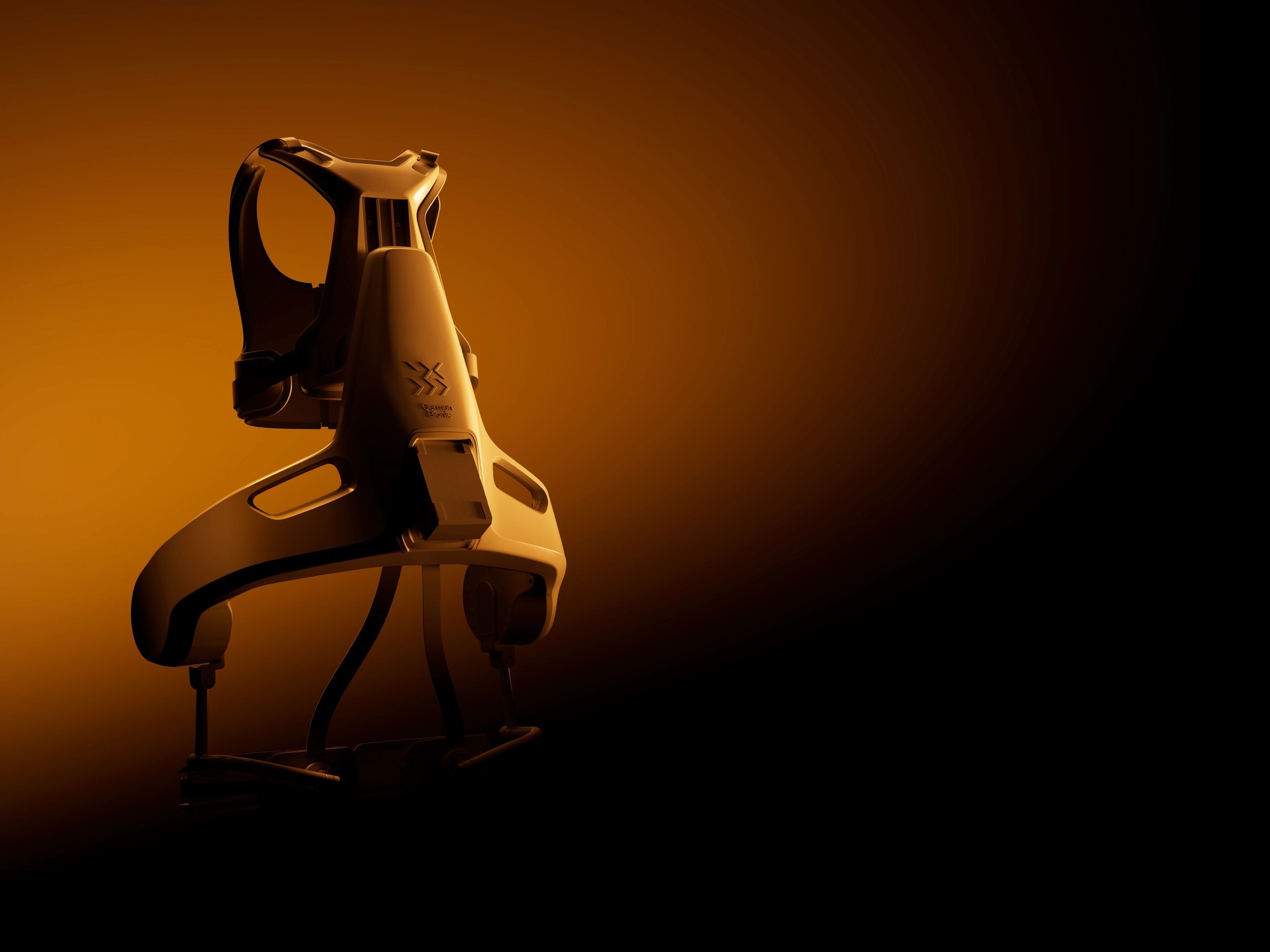AI will allow distributors to make it easier for customers to buy and use the time saved to strengthen relationships.
Articles
Menu
AI hiring is no longer confined to innovation labs at wholesale distributors.
When inventory is planned and controlled correctly, it frees up dollars to devote to other initiatives. Here are key tools and strategies.
Upcoming Programs
Join us on Jan 7, 2026 at 9PT/12ET for a data-driven look at the current state of AI in distribution.
Join us to learn how leadership, strategy, and operational change transformed a small distributor into a leading full-service distributor.
Join us on Jan 21, 2026 at 9PT/12ET to learn how midsize distributors modernize analytics and use AI to boost efficiency and growth.
Pricing is the one place where math and momentum will work in your favor.
Tomorrow’s warehouse leaders will be expected to think like operators, analysts, and strategists at the same time.
All 50 states, Puerto Rico, the Virgin Islands and Washington, D.C. have introduced AI legislation.
With no federal statute enacted, states have moved aggressively.
There are two types of leaders: the “Quarterly Distributor” and the “5-Year Distributor.”
IFS said the acquisition extends its industrial AI platform into warehouse operations, connecting manufacturing, warehouse execution, and supply chain processes within a single system.
Legacy systems are at their breaking point. Distributors need AI-driven, cloud-based enterprise systems to expand margins and build resilient, scalable businesses.
Off-the-shelf technology often falls short of the needs of mid-sized distributors. Custom-built systems are expensive and inflexible.
Watsco is applying AI across its analytics, ecommerce, and customer service tools.
In distribution, onboarding’s not as simple as handing over a laptop and a pricing strategy.
As AI investment continues at record pace, its environmental footprint is becoming impossible to ignore.
Tariff shifts hit the front lines first, long before ERP rules adjust, and that mismatch triggers early buys, overrides, and inventory drift. If it
Think of CRM and AI the same way you think of giving a rep a target list.
“Our goal isn’t piecemeal AI and automation — it’s natively embedded AI with a purpose,” said Dr. Ryan Hungate, chief clinical and strategy officer
The capabilities, first announced Nov. 12 at the Amazon Business Reshape conference, are now active for select U.S. users.
The conversation about AI and employment has moved from philosophical speculation to urgent strategic imperative.
Part 8: Data Literacy and Performance Tracking.
The distributor and manufacturer recently announced an AI-integrated distribution center in Shreveport, Louisiana.
UNFI’s deployment of Relex — an AI-driven forecasting and replenishment platform — is now running across half of the company’s distribution network.
That sense of urgency is fueling strong early interest in Applied AI for Distributors 2026.
The new capabilities signal how agentic systems may eventually take on larger portions of troubleshooting, quoting, and multi-step service workflows.
Lowe’s announced in 2024 that it would deploy AI-driven forecasting and replenishment technology.
Google’s AI Trends Report – What It Means For Distributors Google’s latest AI trends report identifies five forces reshaping business in 2025. For wholesale distributors, these aren’t just tech industry abstractions—they’re competitive realities
Expect most pilots to fail. Plan for it. Budget for it.
Both companies are expanding to support additional customers.
Attend the only event on real-world AI execution in distribution.
Procurement budgets are tightening as organizations redirect capital toward AI infrastructure.
Home Depot is accelerating its tech investments in the Pro segment, highlighted by a new AI-powered material estimation tool.
93% of distributors expect increased AI usage, but many are not beyond exploration.
For distributors the Salesforce update is a big indicator that digital commerce is moving B2B into AI-native environments.
AI is transforming industrial exoskeletons by enabling the devices to adapt to individual users.
For distributors, the takeaway is direct: competing in this environment requires deeper integration with customers.
This article makes the case for a strategic shift: treating sales talent not as a cost center, but as a growth engine.

